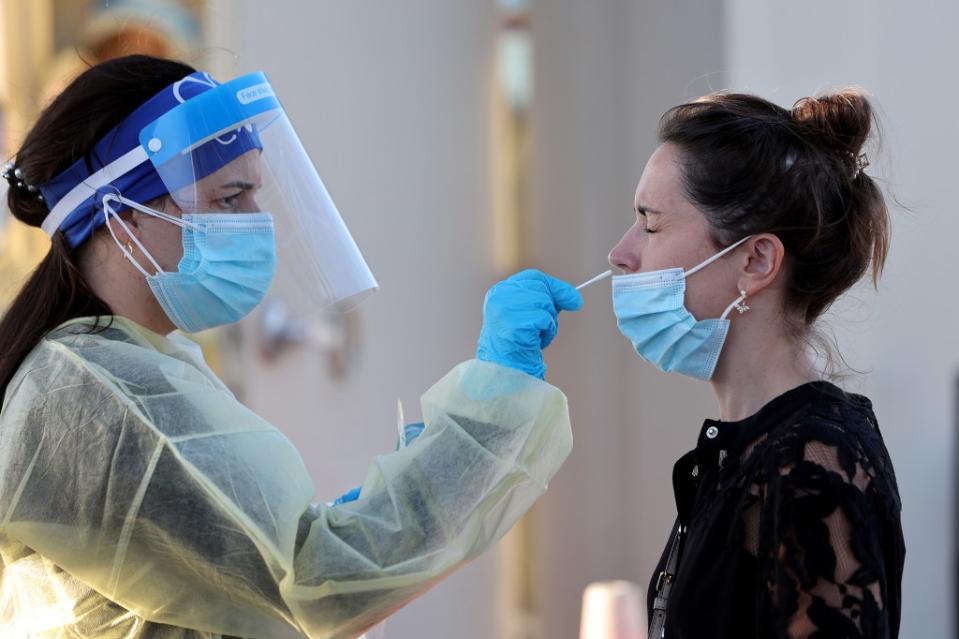Long COVID can destroy your ability to exercise or do simple tasks — now we may know why

Extreme fatigue and difficulty exercising are common symptoms of long COVID — now scientists may finally have discovered why.
While most people who test positive for the coronavirus are over their symptoms within a week or two, more research is showing that some people continue to report symptoms — and even develop new ones — three months after their initial positive test, lasting for months or even years.
A new study, published in the journal Nature Communications, suggests that some of these symptoms may persist or worsen as those with long COVID-19 experience biological changes in their bodies after working out — most notably involving their muscles.

“We’re seeing clear changes in the muscles in these patients,” Michèle van Vugt, professor of internal medicine at Amsterdam UMC, said in a statement.
The study found that long COVID patients had extreme fatigue, changes in muscle composition and widespread muscle damage.
Researchers from Amsterdam UMC and Vrije Universiteit Amsterdam (VU) analyzed data from 25 long-COVID patients with post-exertional malaise (PEM) — meaning their symptoms worsened after the minor physical exertion, causing them to crash from extreme fatigue — and 21 healthy control participants after cycling for 15 minutes.

As patients experience PEM, even daily tasks like carrying groceries and brushing their teeth can be exhausting.
After analyzing blood and muscle tissue samples, the researchers discovered that those with long COVID had various abnormalities in their muscle tissue.
“At the cellular level, we saw that the mitochondria of the muscle, also known as the energy factories of the cell, function less well and that they produce less energy,” Rob Wüst, assistant professor at the Department of Human Movement Sciences at VU University, explained in a statement.

“So, the cause of the fatigue is really biological. The brain needs energy to think. Muscles need energy to move.”
This biological decrease in energy is specific to those with PEM and not seen in other chronic illnesses.
“Normally we know from all the other chronic diseases that exercise is good for you, that exercise is medicine,” Wüst told National Geographic. “However, these patients do get worse.”

Long COVID patients were also found to have a higher proportion of fast-twitch muscle fibers, which may also explain some of the fatigue.
These muscle fibers deplete energy faster, meaning they exhaust quicker.
“We know that it is difficult to change fiber types in people and that it doesn’t happen with inactivity,” Wüst told National Geographic. “Something else is changing the fiber types.”
The cause of this change is still unclear.
Along with changes to energy production and muscle composition, the research team also found those with long COVID had muscle damage — muscle scarring, inflammation and blood clots before and after working out.
Studies have shown that those with PEM struggle to recover from exercise, but this latest research showed that this may be caused by repeated overexertion — even from daily tasks — that prohibit the body from fully recovering.
The experts noted that this breakthrough will help guide more appropriate treatments for those with long-term COVID, though not everyone would necessarily benefit in the same ways.
“Keep in mind that every patient has a different limit,” Brent Appelman, a researcher at Amsterdam UMC, said in a statement.

